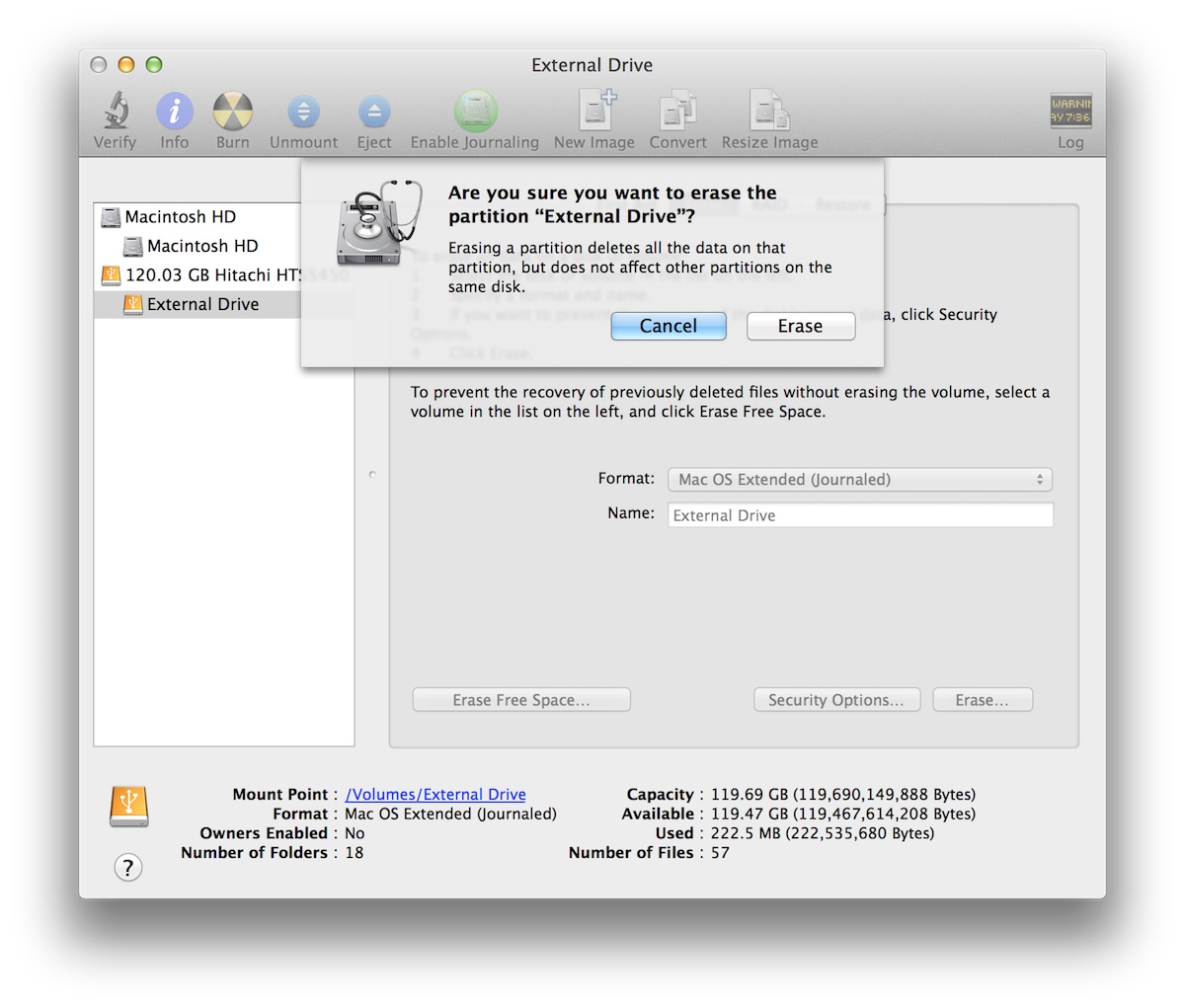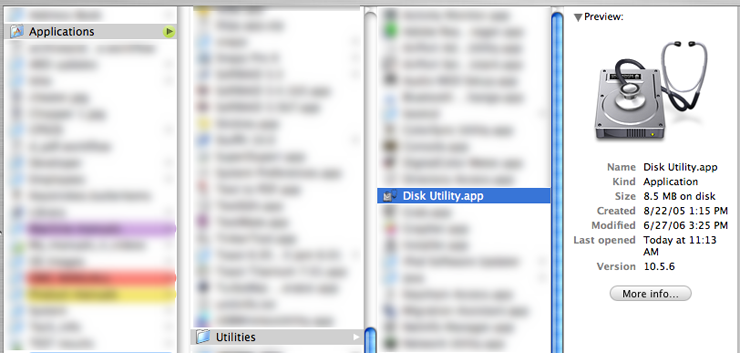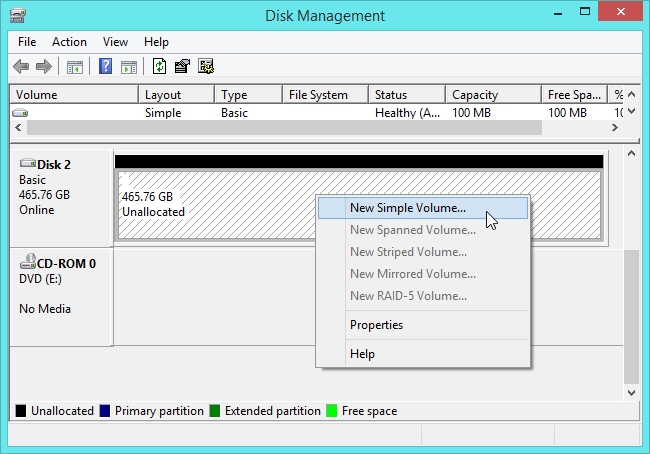

- #HOW TO INITIALIZE DRIVE IN MAC MAC OS#
- #HOW TO INITIALIZE DRIVE IN MAC INSTALL#
- #HOW TO INITIALIZE DRIVE IN MAC WINDOWS#
This can be changed if desired, but for this exercise this is exactly the format we want. You will see this indicated on the right hand side of the image, labeled ‘Format’.
#HOW TO INITIALIZE DRIVE IN MAC MAC OS#
On a Mac, they system will automatically try to format any partition to Mac OS Extended (Journaled). Again, the standard is one, and that is what is shown here in the images. You will then need to click on the down arrow under the heading ‘Volume Scheme’ to indicate how many partitions you wish this newly formatted drive to have. Once you have selected the PHYSICAL drive, then click on the Partition tab at the top of the window.
#HOW TO INITIALIZE DRIVE IN MAC WINDOWS#
You can see at the bottom of the first image that this drive is formatted as Windows NT File System (NTFS). In my example here (shown in the pictures here), I will be reformatting the drive shown as ‘298.1 GB Seagate FreAge.’. But that is not always the case, so don’t be surprised, or think there is something wrong, if you see more than one entry under a physical drive.įor the purpose of reformatting, you need to start by selecting the PHYSICAL drive that you wish to reformat. Most drives are formatted into a single partition, so you will normally see only one entry underneath a physical drive entry. What appear underneath the physical drive are the individual partitions. When you see the drives listed down the right hand side of the Disk Utilities window, you will see at least two entries for each physical hard drive. You must still be careful in your selection of which drive to format, as you certainly don’t want to format one of your internal drives. That way you will protect yourself from inadvertently re-formatting the wrong drive.

For this exercise, it is best to DISCONNECT any and all external storage devices, so you only have the one that you wish to format connected. You will see your internal drive in your Mac, as well as any other storage devices that are connected. Then open the Disk Utility that is located in the Utilities folder of your Applications folder. There is one trick to it that is not intuitive.įirst… Plug the drive in to your Mac. How do I do that?Īnd you know what? It’s not nearly as easy as it should be! I guess they're not.I get this question a lot – I have an external hard drive that is NTFS formatted (Windows format), and I want to reformat it for my Mac (HFS). This behavior surprised me because I assumed "initialize*, erase, and format were all synonyms. I choose to initialize this time, and suddenly I could erase to various formats with no issues.

But even though I had the disk mounted and readable, my attempts to format it failed. Only after that, my coworker told me that he wanted the disk erased and formatted with a filesystem that he could use on his PC.
#HOW TO INITIALIZE DRIVE IN MAC INSTALL#
I ignored it, because I knew I would need to install osxfuse and ext4fuse, which I did, and I was able to read the disk just fine. I plugged it in, and my a dialog asked me to initialize, eject, or ignore. They didn't tell me what they wanted at first, so I assumed I should try to get the data off of it. I was recently handed an old backup hard drive that my co-workers couldn't read because it used one of the EXT file systems.


 0 kommentar(er)
0 kommentar(er)
